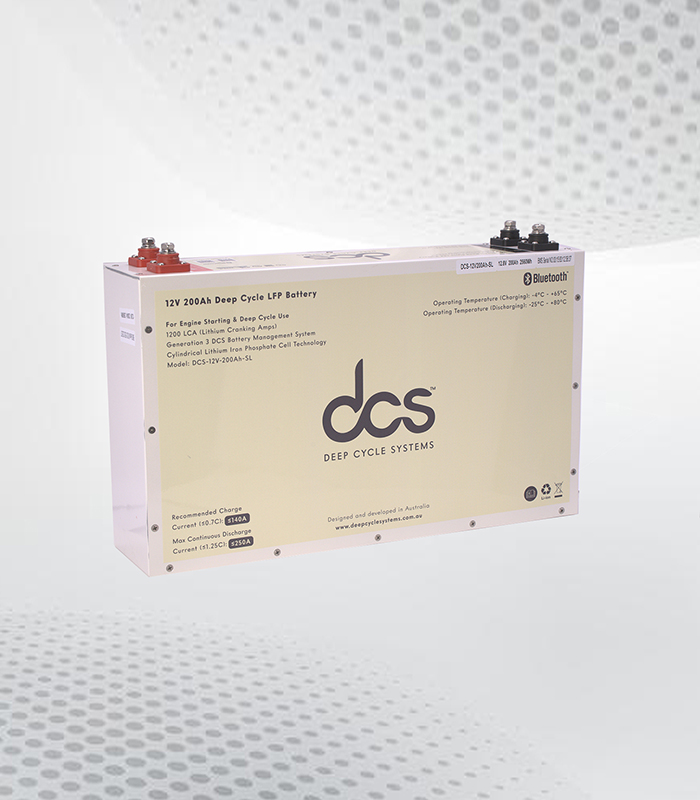Middleeast Valve are reputed Flange manufacturers in UAE. Industrial flanges are essential components used in various industries to connect pipes, valves, pumps, and other equipment to form a piping system. They provide an easy way to assemble and disassemble these connections, facilitating maintenance, inspection, and modification of the piping systems.
What are the different types of Flanges?
- Weld Neck Flanges: These flanges have a long tapered hub and are used for high-pressure applications. They are welded to the pipe, providing a strong and leak-proof connection.
- Slip-On Flanges: These are slipped over the pipe and then welded both inside and outside to provide strength and prevent leakage. They are easier to align but are typically used for lower pressure applications.
- Blind Flanges: Used to close the ends of piping systems, they are essential for testing and maintenance. Blind flanges do not have a bore.
- Socket Weld Flanges: These have a socket in which the pipe is inserted and then fillet welded around the pipe, making them suitable for smaller sizes and high-pressure applications.
- Lap Joint Flanges: Used with a stub end, these flanges are not welded to the pipe, allowing for easy assembly and alignment.
- Threaded Flanges: These are screwed onto the pipe, making them suitable for low-pressure and non-critical applications.
- Ring Type Joint Flanges (RTJ): These have a specially designed grove cut into the face that accommodates a metal ring gasket, ensuring a tight and leak-proof seal.
Flanges are manufactured in which materials and according to what standards?
Flanges are made from various materials including carbon steel, stainless steel, alloy steel, and other materials depending on the application requirements, such as resistance to corrosion, pressure, and temperature.
Industrial flanges are manufactured according to specific standards set by organizations such as the American Society of Mechanical Engineers (ASME), American National Standards Institute (ANSI), and International Organization for Standardization (ISO). These standards ensure the flanges meet certain criteria for size, pressure rating, materials, and quality.
How does a flange work?
Flanges work by providing a secure method for joining pipes, valves, pumps, and other equipment within a piping system. The basic principle involves bolting together two flanges with a gasket between them to create a seal that prevents leakage. Here’s a step-by-step outline of how flanges work:
- Choose the appropriate type and material of flanges based on the application’s pressure, temperature, and environmental conditions.
- Ensure the flanges, gaskets, bolts, and other components are free from defects and meet the specified standards.
- Align the flanges to ensure that the bolt holes match up correctly. Proper alignment is crucial to avoid stress on the flanges and the piping system, which could lead to leaks or failures.
- Place a gasket between the two flange faces. The gasket material is chosen based on the operating conditions, such as pressure, temperature, and chemical compatibility. The gasket ensures a tight seal by filling the microscopic imperfections on the flange faces.
- Insert the bolts through the aligned bolt holes of the flanges. Bolts are then tightened in a cross-pattern sequence to ensure even distribution of pressure on the gasket. Proper torquing is crucial to achieving a leak-proof seal without damaging the gasket or flanges.
- As the bolts are tightened, the flanges are drawn together, compressing the gasket between them. The compression of the gasket fills any gaps and imperfections, creating a tight seal that prevents leaks.
- Once assembled, the flanged joint is often tested to ensure it is leak-proof. Testing methods can include hydrostatic testing (using water under pressure) or pneumatic testing (using air or another gas under pressure).
- After successful testing, the piping system can be put into operation. The flanged connections can withstand the specified operating conditions, maintaining the integrity and safety of the system.
Advantages:
- Quick connection and disconnection
- Reduced downtime
- Strength and reliability
- They provide strong and reliable connections capable of withstanding high pressures and temperatures.
- When properly installed with the correct gasket, flanged connections ensure leak-proof seals, maintaining the integrity of the piping system.
- Flexibility in design and installation
- They allow for easy alignment and adjustment during installation, ensuring precise fit and reducing stress on the piping system.
- They are compatible with various components
- Ease of inspection and testing
- They can be easily accessed for inspection and testing, ensuring ongoing reliability and safety of the piping system.
- Flanged connections can be tested for leaks and pressure integrity, ensuring the system meets safety and performance standards.
- Properly installed flanged joints provide secure and stable connections, reducing the risk of leaks and failures.
As trusted Flange manufacturers in UAE, we supply to these industries:
- Oil and Gas
- Chemical Processing
- Power Generation
- Water Treatment
- Petrochemical
- Pulp and Paper
- Marine and Shipbuilding
- Mining and Minerals
- Construction
- Automotive
- Aerospace
- Nuclear Power
Description:
- Size:½” (15 NB) to 48″ (1200NB)
- Standard: ANSI B16.5, ANSI B16.47, ANSI B16.36, ANSI B16.48, BS 4504, EN1092, UNI 2277/2278, DIN, JIS, SABS1123, GOST-12820
- Dimensions: ANSI B16.5, ANSI B16.47 Series A & B, MSS SP44, ASA, API-605, AWWA
- Class: 150 LBS, 300 LBS, 600 LBS, 900 LBS, 1500 LBS, 2500 LBS, DIN Standard ND-6,10, 16, 25, 40.
- DIN : DIN2527, DIN2566, DIN2573, DIN2576, DIN2641, DIN2642, DIN2655, DIN2656, DIN2627, DIN2628, DIN2629, DIN 2631, DIN2632, DIN2633, DIN2634, DIN2635, DIN2636, DIN2637, DIN2638, DIN2673
- BS: BS4504 , BS4504, BS1560, BS10
- Flange Connection Type: Ring Type Joint, Lap-Joint Face, Raised Face, Flat Face.
Visit our website for more details: https://www.middleeastvalve.com/product-category/flanges/




